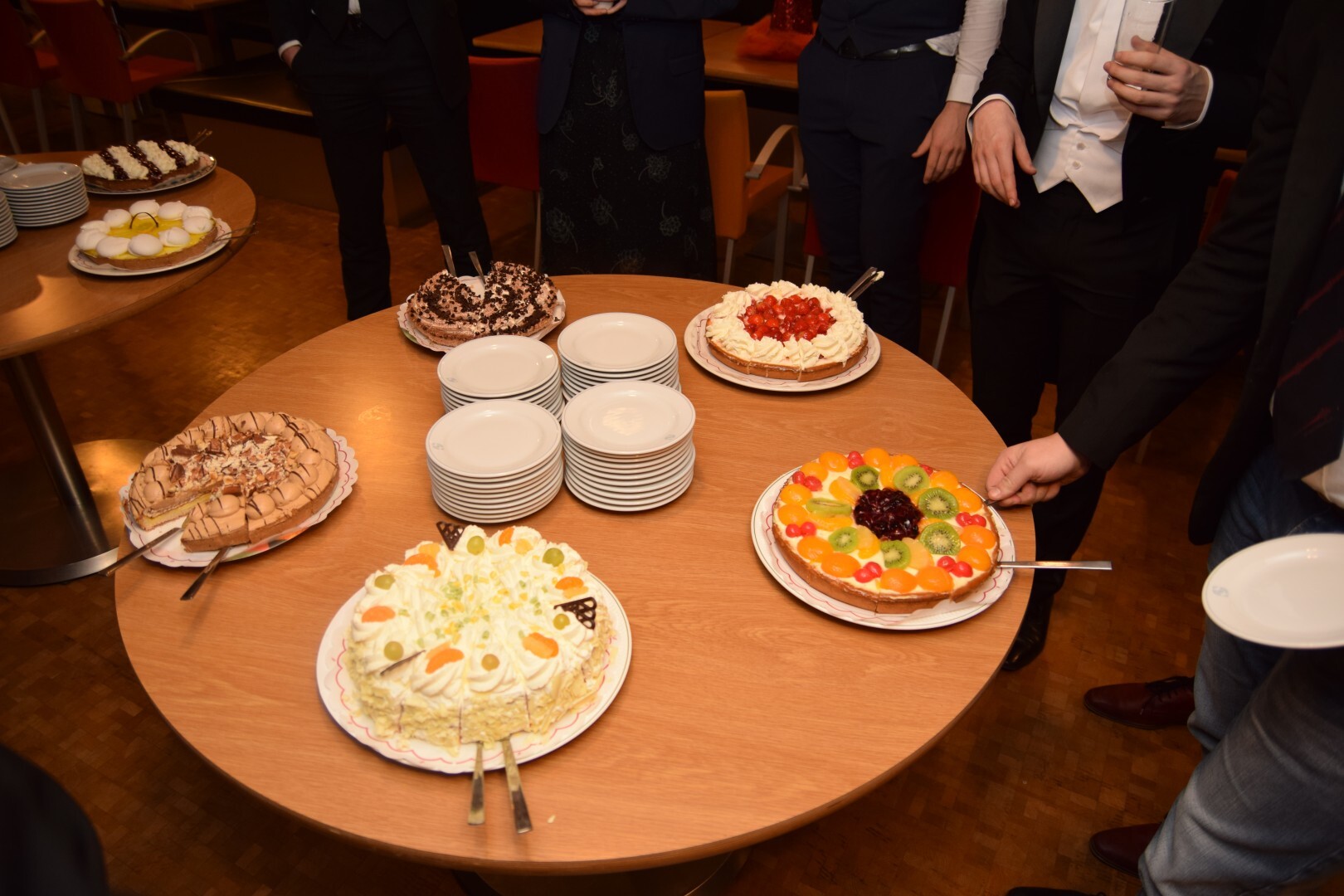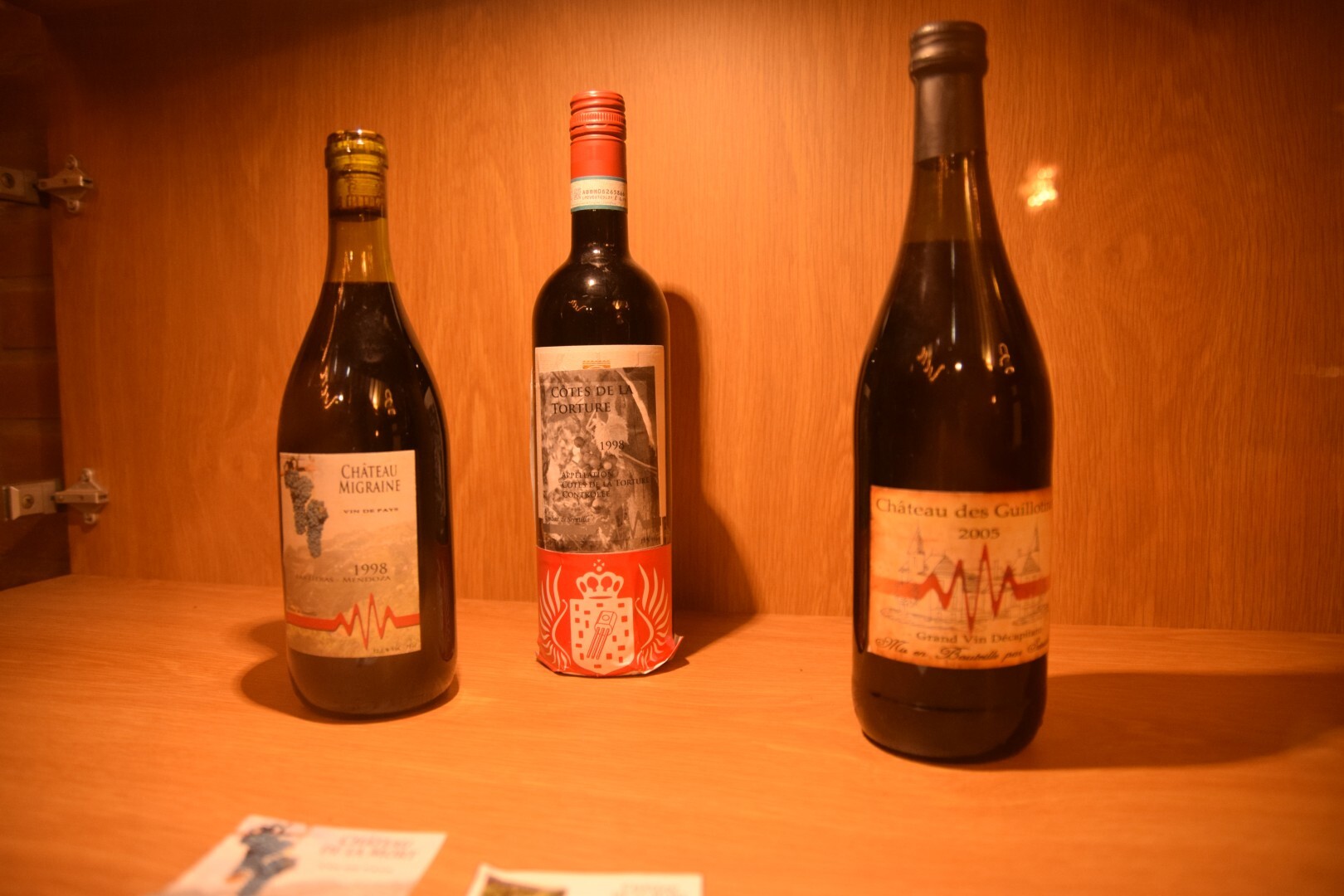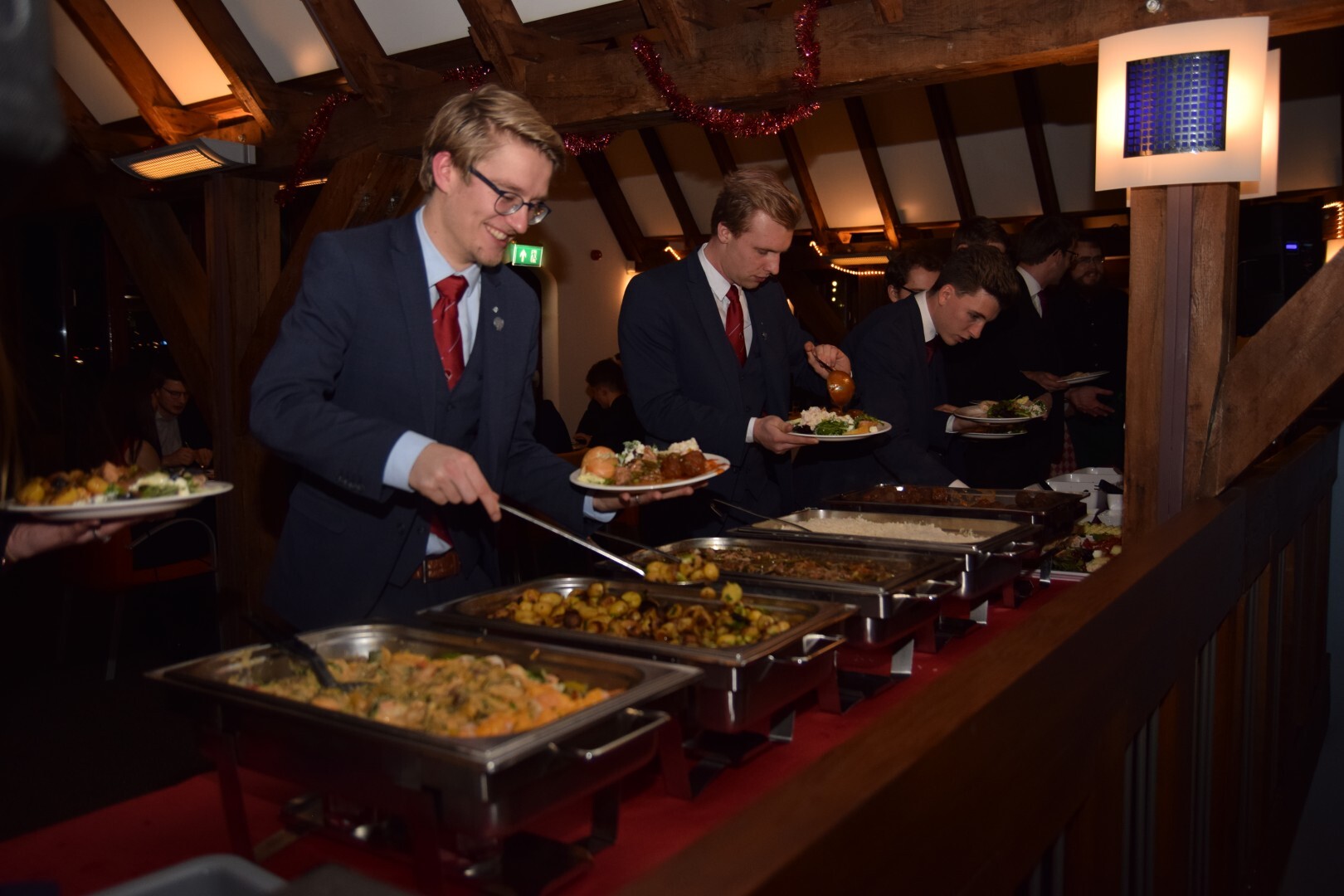50 years of Royal Recognition
After the introduction of a reformed Dutch constitution, many things in the Netherlands changed. The citizens got more freedom: of speech, religion, etc. This also meant that there was more liberty in creating groups of like-minded people. That is why, in 1855, a new law was passed that allowed associations (vereenigingen) to be set up freely. The government need not get notified of the foundation of new associations, unless the association wanted to become a legal person on its own, removing duties and responsibilities from the (board) members.
Getting this new legal status was achieved by issuing a request to the King or Queen. The request itself was rather simple, it needed to include a copy of the Articles of Association and a copy of the minutes of the General Meeting upon where it was decided to obtain this formal legal status for the association. In reality, it took some effort as the pieces had to be delivered in precisely the right format, signed and well. That is why, in 1896, a booklet describing the procedure was published. The bureaucracy of these applications were obviously not handled by the king or queen, but by the Department of Justice instead. The department approved an application if an association had a moral, non-materialistic purpose that did not oppose public order, effectively this meant that most requests were honoured. After approval by the department, the application was ratified by the head of state for at most 29 years and 11 months. [1]

Reasons for requesting ‘royal recognition’ were numerous, most importantly would be to organise the finances of the association and move the responsibilities thereof to the association and not with individual members. Moreover, such a recognition could show prestige and ‘oranjegezindheid’, allegiance to the crown. Both of which are present within Scintilla today. As we turn to the 20th century requesting this royal recognition was only a formality and many associations received their recognition.
By 1965, when Scintilla was founded, this structure was still in place and it took a short 4 years to realise that Scintilla also needed such recognition. Hence, on the General Meeting on the 15th of October, 1969 it was decided that a request should be issued. As far as the records show, all documents were provided in the right format and it didn’t take long before a royal recognition was granted on the 12th of December 1969, 50 years ago. As you might recall however, this recognition would only last for at most 29 years and 11 months, thus it would only be legal until 1999, but then there is a change in the law in 1976.

Nearing the end of the 20th century, people realised that royal recognition was outdated, moreover the bureaucratic overhead was large for a total of about 80.000 approved associations. That is why, a new law was passed that only required the Articles of Association to be approved by a notarial deed instead of the head of state. Nowadays, associations can be registered with the Chamber of Commerce instead of with the King or Queen.
During all this time, a somewhat different definition of the royal recognition evolved within Scintilla. The original applicants of the recognition, the members of the 5th board: T.P. Fogaras, R. Krijn, D.E. Ottens, A. Fletterman, B. Eertink and T.P. Siegenthaler have little remembrance of this moment, but many boards and members thereafter do! You may recall the association song ‘Juliana’ and the cheer “Op de koningin, op Scintilla!” issued by the president of Scintilla (which carries this title because of the recognition). It might surprise you to find that these traditions are only a few years old.

The cheer originates from around the year 1990. The president at the time, Jan-Evert van de Wetering, opened his board meetings with the cheer “Op de koningin, op Scintilla!”, toasting with a bottle of wine. The documents do not convey how effective these board meetings actually were. Although they must have been effective because after some time, the cheer was also utilised during Scintilla drinks, likely initiated by the 43rd board [2].
The ‘Juliana’ song was song occasionally sung during a cantus in 1990. Around that time it was already adjusted to the lyrics we know today. This is convenient as the original version mentions that ‘we do not need a president’ which has been replaced by “wij hoeven hier slechts één president!” mentioning we do want a president. Perhaps that is why back in that day, the royal recognition as it is found here today was placed in the home of the president [3]. You might have noticed that it now resides within the Scintilla room, it is unsure when this transition occurred. What is certain however, is that since 1990, the traditions have become part of Scintilla.

Of course we celebrated the special occasion. The party of recognition was literally a party that needs to be remembered for another 50 years. The party took place in ‘The Faculty Club’. The evening was meant to bring all members of Scintilla both those that are currently part of the association and those that were part of the association a few years ago. And to the best of my knowledge, that is exactly what happened. There were a lot of people that were communicating during the dinner and getting to know what Scintilla was like back then and how it is changed to now.
The evening started out with a sumptuous buffet which had foods ranging from veggies to meat and fish. Let’s not forget the unlimited amount of drinks that were available, wine, mojito, beer, port, name it and it was there. After dinner, there was a band that played some real melodious songs, and really got the people to get on their toes to the extent that they could not really walk too much after that. Well, trust me that was really fun.

During all this fun and play that was available, there was also a ‘Historic Museum of Scintilla’ that was setup in the Club. This ‘museum’ definitely got a lot of attention and also made the members aware of the association aware about the history! All in all, the recognition was celebrated to its fullest and it will be remembered for sure.
References:
[1]: M. van Tielhof, Erkende verenigingen, http://resources.huygens.knaw.nl/erkendeverenigingen/gids/inleiding/inleiding Accessed 01-12-2019]
[2]: T. Zijlstra, Administrateur 43/44 - E.T.S.V. Scintilla, 2019.
[3]: M. Damen, J. Thijs, M. den Ouden, C. Bresser, “Jaarboek 1997” (Enschede: E.T.S.V. Scintilla, 1997), ISBN: 90-800721-0-9.
